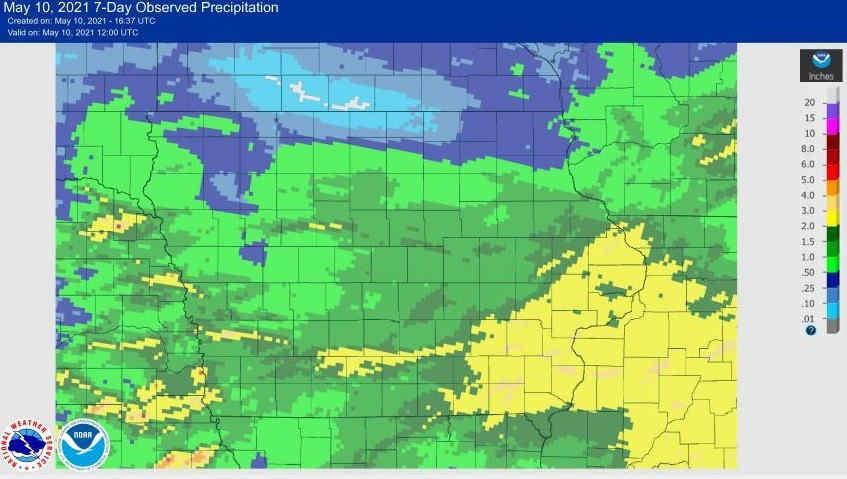Large-seeded weeds, such as woolly cupgrass, can emerge from deeper in the soil profile where sufficient soil moisture was present.
Earlier postemergence applications due to escapes will increase the number of weeds that emerge following the postemergence treatment. Inclusion of additional residual herbicide (layered residual) will help manage late-emerging weeds and reduce the likelihood of the need for a second postemergence application.
Most areas of the state received sufficient rain over the weekend to activate preemergence herbicides and stimulate weed emergence. The majority of herbicide should have remained on the soil surface during the extended dry spell, and will perform as expected after activation. A concern for some fields may be movement of herbicide on the soil surface with wind erosion. It is impossible to predict where this happened, scouting is the only way to determine whether this will be a problem.

Last week rains will activate herbicide and stimulate new flushes of weeds.
In summary, the extended dry period during planting will alter both emergence patterns of weeds and performance of preemergence herbicides. The only way to determine whether plans for postemergence weed control will need to be altered is to scout fields to determine what weeds are present and the optimum time for postemergence treatments.
Source : iastate.edu